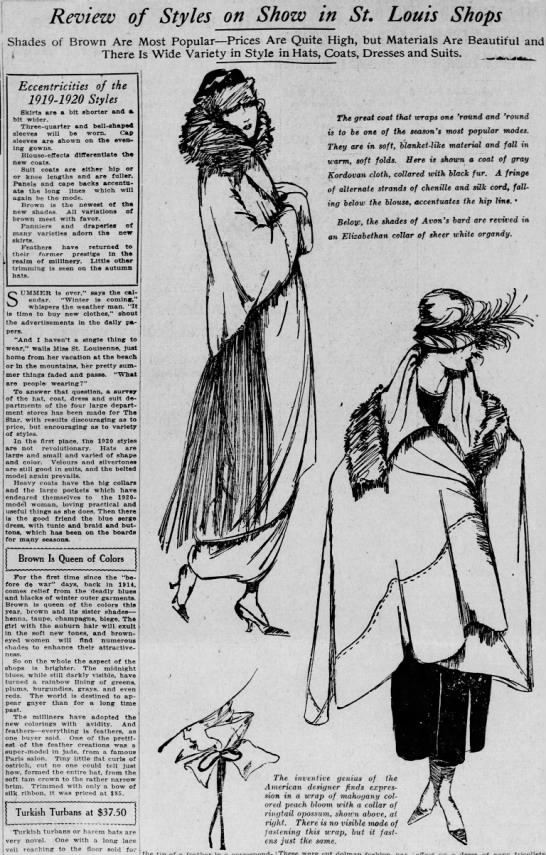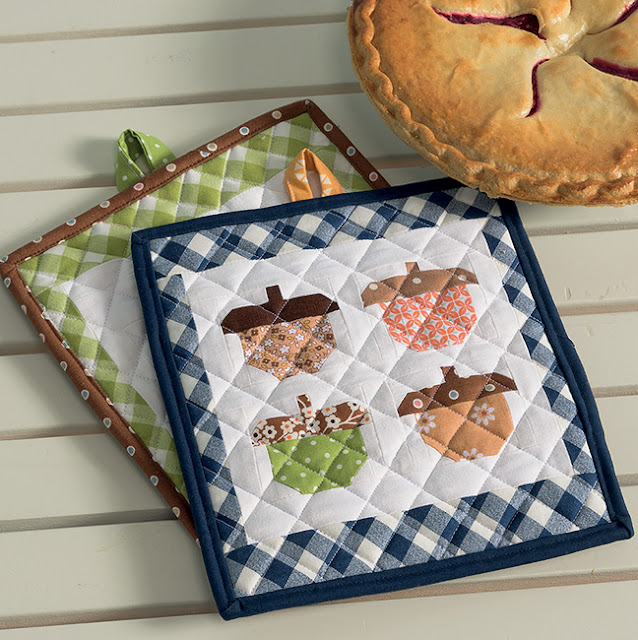It came with lots of swag!
Stewart was unable to discover stories about the Kopp sisters during 1917 and 1918 so she let her imagination fill in the blanks. She decided to intertwine the National Service Schools into their story. She also brought in Beulah Binford, a notorious figure who had crossed paths with vaudeville manager Freeman Bernstein, who appears in Miss Kopp's Midnight Confessions.
Stewart realized the storylines were all about reinvention. Constance has lost her position as deputy and jail matron. Norma desperately wants to insert pigeons into WWI war communications. The women who join the National Service Schools hoped to find a life with purpose and meaning. And Beulah wanted to put her sordid past behind her.
This book in the series felt different than the previous ones because Constance's story is not really the one that grabs readers attention, but Beulah's. Constance is continuing to learn her strengths and at the end of the book has determined to present herself for a war-time position. But it is Beulah's slowly revealed back story that impels readers.
 |
| Beulah Binford |
Once again, Stewart uses historical fiction to present women's ongoing concerns: double standards, child sexual abuse, substance abuse, poverty, abandonment, motherhood, the vilification of female sexuality.
These women prove they have the strength, will, intelligence, and self-belief to achieve their dreams.
I can't wait for book six, which will take place during WWI!
I received a free ARC in exchange for a fair and unbiased review.
Learn more about the National Service Schools
https://americanhistory.si.edu/blog/satin-khaki-women-join-military-preparedness-movement-1916
Read my review of the first Constance Kopp book, Girl Waits With Gun
https://theliteratequilter.blogspot.com/2019/03/girl-waits-with-gun-by-amy-stewart.html
Read my reviews of the second, third, and fourth Miss Kopp books
https://theliteratequilter.blogspot.com/2019/05/catching-up-with-miss-kopp.html
Kopp Sisters on the March
by Amy Steward
Houghton Mifflin Harcourt
Hardcover: $26.00; ebook $14.99
ISBN-13/EAN: 9781328736529
ISBN-10: 1328736520
Publication Date: 09/17/2019
























